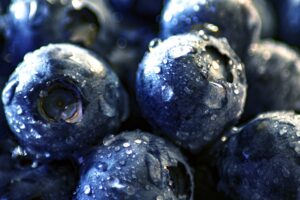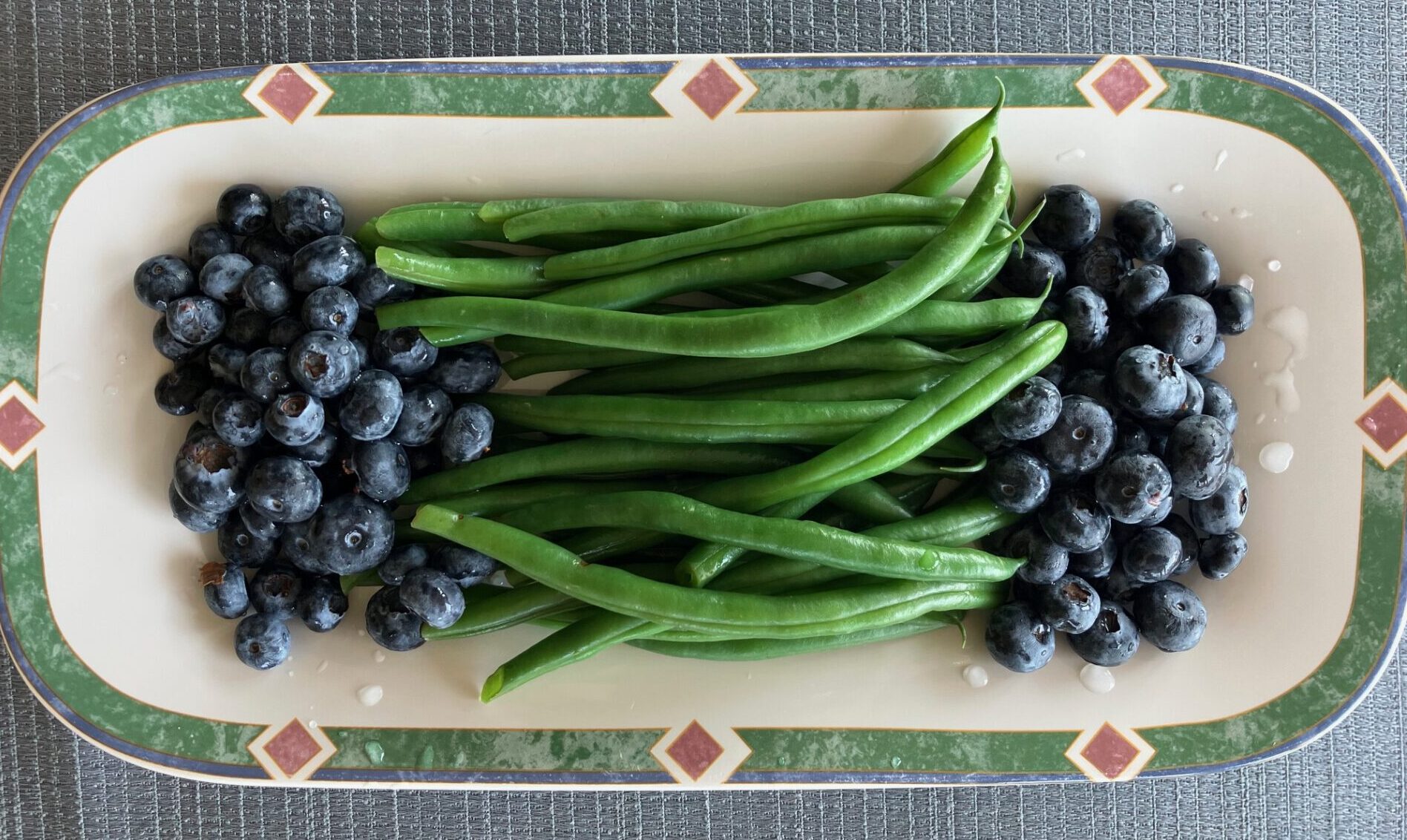It’s that time of year, when the Environmental Working Group (EWG) issues its Dirty Dozen list of produce with the most pesticide residues. What’s changed from last year’s list? Almost nothing, but there are two new foods in the “dirty dozen”: blueberries and green beans. Gone from the list: tomatoes and celery. More about that later.
Should We Seethe Or Yawn?
Reasons to seethe: Fear-mongering, sensational information like this, done without proper context, causes unnecessary worrying. When consumers worry about food, they avoid it – the worst possible action with fruits and vegetables. Nine out of 10 people are not eating enough of these healthy dynamos as it is.
Reasons to yawn: This is the same pesticide residue stuff EWG puts out every year, based on USDA’s latest Pesticide Data Program. IMHO: It’s one of the ways they have of drumming up “supporters” (e.g. donors) to beef up their revenue.
Instead…
Reasons to “get the blues” and cheer: Tons of research on the antioxidant properties of blueberries and the role they can play in cardiovascular function, managing metabolic syndrome, and gut health.

Photo: Pixabay
A few facts NOT presented by EWG:
Residues exceeding tolerance happened in 0.53% of samples (54 out of 10,127 samples!), but “tolerance” has a 100-fold (sometimes 1000-fold) cushion built in for safety.
USDA doesn’t test every food every year. Only 5 on this year’s dirty dozen list have new data: peaches, pears, blueberries, green beans, and bell peppers.
EWG states caveats – in the report’s LAST PARAGRAPH (where the fewest people would read it, IMHO again): the list “does not incorporate risk assessment into the calculations.” [emphasis mine]
“All pesticides are weighted equally, and we do not factor in the levels deemed acceptable by the EPA.”
Hey, EWG, Context Is Everything! Know YOUR (Lack of) Risk
Pesticide “tolerance” levels have a HUGE cushion of safety built into them. It’s at least 100-fold and often 1000-fold — over a LIFETIME of daily consumption.

Photo: Pixabay
Safefruitsandveggies.com will calculate just how many servings of each of the 21 “hot button” fruits and veggies you’d need to eat in order to reach the highest pesticide residue recorded by USDA.
Example: Strawberries – #1 on the EWG Dirty Dozen list. A child – among the most vulnerable of consumers – would have to eat 181 SERVINGS of strawberries (that’s over 90 cups at ½-cup/serving!) to reach the highest residue level ever recorded by USDA, which STILL has at least a 100-fold safety cushion built in.
Imagine… if, in one day, you ate…
- Strawberries and blueberries in your breakfast fruit bowl,
- an apple in the afternoon,
- a dinner salad that included celery, tomatoes, and pears, green beans with dinner.
EWG would have you think you were eating a toxic waste dump. Credible science would strongly disagree.
I actually ate ALL these fruits and veggies today — and more. I’m glad I did. They were delicious, and I’m healthier for eating them. None of them were organic, either. I buy organic sometimes – if they’re available at a competitive price, which is usually when price is slashed for a quick sale and I’m going to use them right away.
Will Eating Organic Eliminate Exposure to Pesticides?
NO! There can be pesticide residues on organic produce, but USDA doesn’t test organic produce for pesticides. Here is a list of hundreds of pesticides that ARE allowed on organic crops.
Cut-To-The-Chase Takeaway
Fruits and vegetables are not only safe to eat, but we need to eat MORE of them – any and all varieties!






